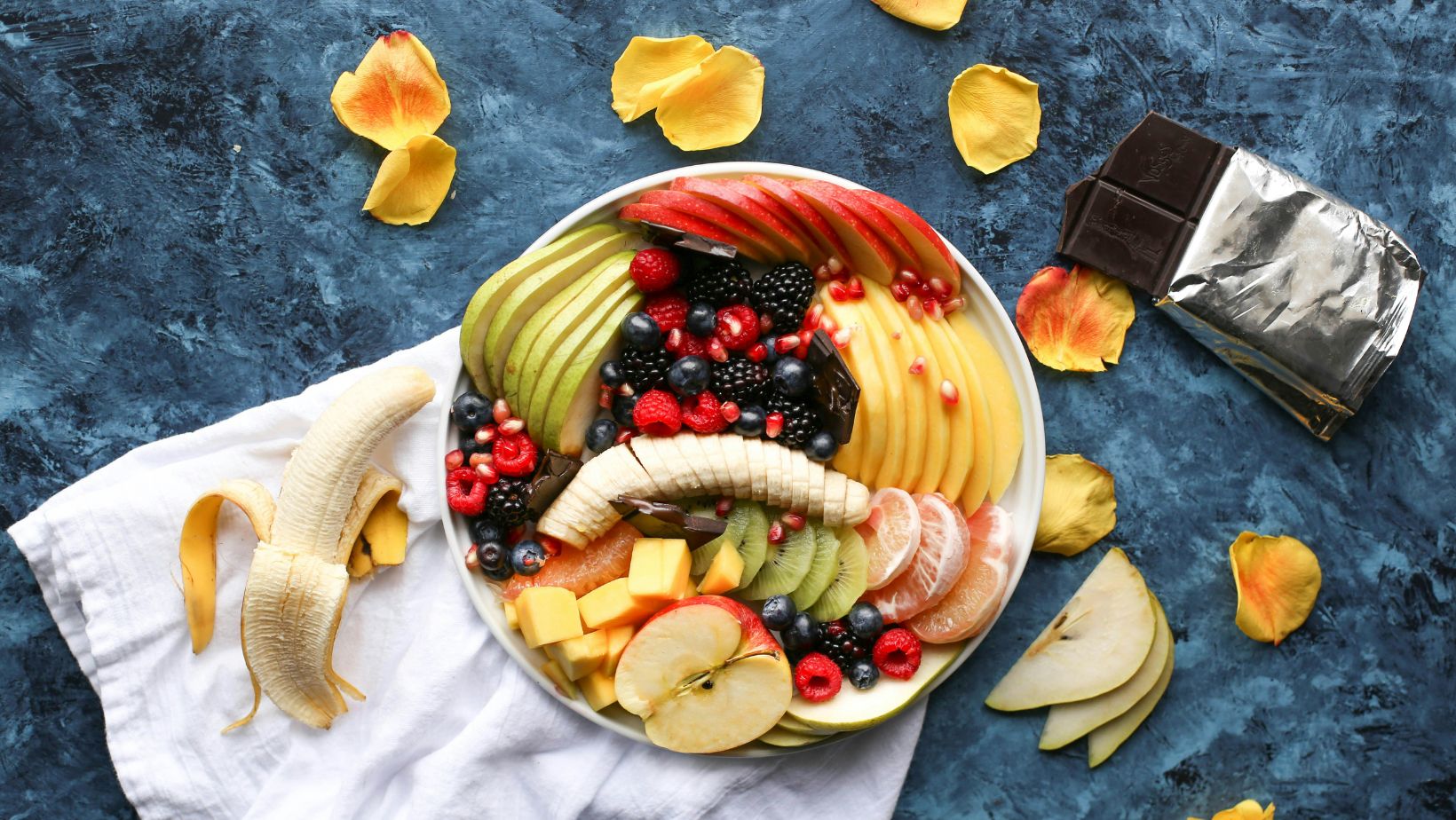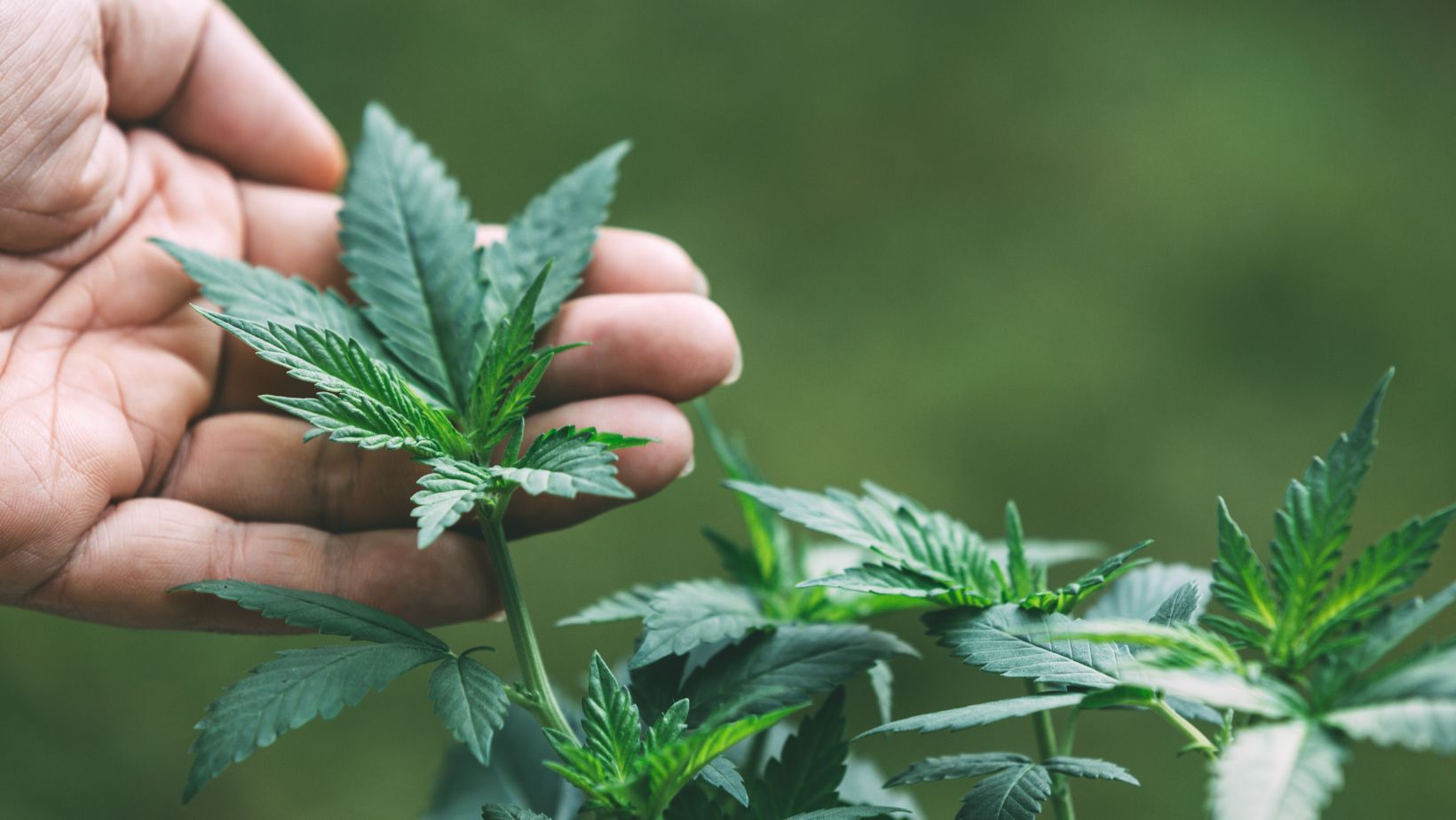Without a doubt, purchasing fabric in-store is the most effective way to ensure you get it right. Seeing and touching the fabric allows you to make precise decisions and avoid surprises later on. However, with proper knowledge and a few tricks, it’s possible to confidently order fabric online and receive exactly what you expect.
Table of Contents
ToggleAsk for Swatches or Samples
Ordering a swatch or sample is a terrific way to get around the inability to see and touch the fabric when placing an online order. Samples at a low cost can easily be obtained from a reputable online fabric merchant. This allows you to touch, feel, and see the true colour of the cloth before committing to a larger purchase. Samples are especially helpful for textiles with textures or sheens that are difficult to photograph.
Check the Description
When swatches or samples are not available, you can use the helpful information online fabric retailers provide about every fabric they sell. This will give you an idea of the texture and look.
More or less information may be listed by some stores, and some textiles may have more details than others. It is necessary to compare across a few different stores to obtain as many hints about a fabric as feasible. This is what to search for.
Brand
The brand name can be a great way to find out about the quality of the fabric. You can search it and read what others have to say about it. Once you order from a brand and like what you receive, you’ll be confident to order from them again. Fabrics from a big box fabric store will be more affordable than fabrics produced by certain brands. Although these brands will come with a higher price tag, they will also be of higher quality.
Substrate
The specific type of fabric, such as quilting cotton, twill, voile, denim, jersey, flannelette, or chiffon, is known as the substrate and it can list the fabric’s weave, fibre content, and weight. This can play a significant role in evaluating if a fabric is appropriate for a certain type of project.
Some substrates are more constant than others, making them safer to order online. Cotton is one of them. When used for quilting, drape is something that doesn’t matter. Plus, the weight and texture of quilting cotton are fairly standard. Keep in mind, however, that popular brands will be of higher quality and have a finer weave than cheap, generic quilting cotton.
Fibre Content
Synthetic fibres like nylon, spandex, or polyester, or natural fibres like cotton, linen, or wool, can be used to make fabric. A combination of synthetic and natural fibres in different proportions can also be used such as cotton and spandex to achieve a fabric with increased stretch. The fabrics’ care, wearability, and ease of sewing will all depend on the amount of fibre they contain.
Weight
The fabric’s weight is expressed in gsm. This number is closely related to the substrate and drape. Generally speaking, lighter fabrics (such as silk, voile, etc.) have more drapes. Lighter drapey fabrics work well for lingerie, sheer curtains, blouses, skirts, and other clothing items.
The same applies to the opposite – the less drape the fabric has, the heavier its weight. Good examples include denim, upholstery cloth, wool or tweed. Fabrics with heavy weight are often chosen for more structured projects coats, pants or upholstery.
Certain fabrics (like knits or linen) could come in different weights, so you’ll need to decide which is ideal for your project. Doing research and referring to charts could help you make a decision. Keep in mind that you can always call the online store customer service for help and advice.
Width
Take note of the fabric’s width as specified in the description to make sure it matches the measurements called for in your sewing pattern or project. This will help you avoid the mistake of not ordering enough fabric for your project.
Stretch
The fit and success of a garment greatly depend on the amount of directional stretch the fabric has. You can compare the suggested percentage stretch in two or four directions found in knit fabric patterns to the stretch listed in fabric descriptions.
Recommended Usage
The recommended usage will provide you with information about the fabric’s drape without requiring you to touch it. It will also help you determine if a fabric is appropriate for a given piece of clothing or usage in home décor, particularly if the fabric is meant to be more fitting and tailored or loose and flowing.
Certifications – OEKO-TEX or Organic
You may also find the OEKO-TEX or organic label on the fabric. OEKO-TEX is a third-party certification that indicates that the fabric is free of hazardous quantities of toxic compounds. If a textile fibre is certified organic, it indicates that it was cultivated organically. The presence or absence of these labels won’t affect the success or failure of an online fabric order, but you might want to search for textiles bearing them.
Take a Close Look at the Photographs
A fabric listing’s photos can say a lot about it. In addition to seeing the fabric’s colour and pattern, you may also observe the following hints:
Texture
By looking at the close-up or zoomable photographs of the textiles that many online stores display, you might be able to get a good idea of the texture of the fabric.
Although it isn’t a replacement for handling the material, you should be able to tell if it’s ribbed, smooth, or rough.
Scale
A ruler is sometimes placed at the edge of the fabric image to indicate the print’s scale. Another popular method for demonstrating size, especially in the absence of any pattern, is using coins. It helps in your assessment of the fabric’s weave size. Consider these hints and you might be surprised by the scale of the fabric.
Check the Sewing Pattern for Recommendations
The most useful information when picking fabrics for your project will come from a sewing design. There you will find the best substrates, drapes, or stretches for your project.
A pattern could even tell you whether directional prints are being used or if you need to buy more fabric to match the design. Most importantly, the design gives you the number of yards you need. Keep in mind that the units may differ between your shop and the pattern. Check to see if they are referring to yards or meters.







